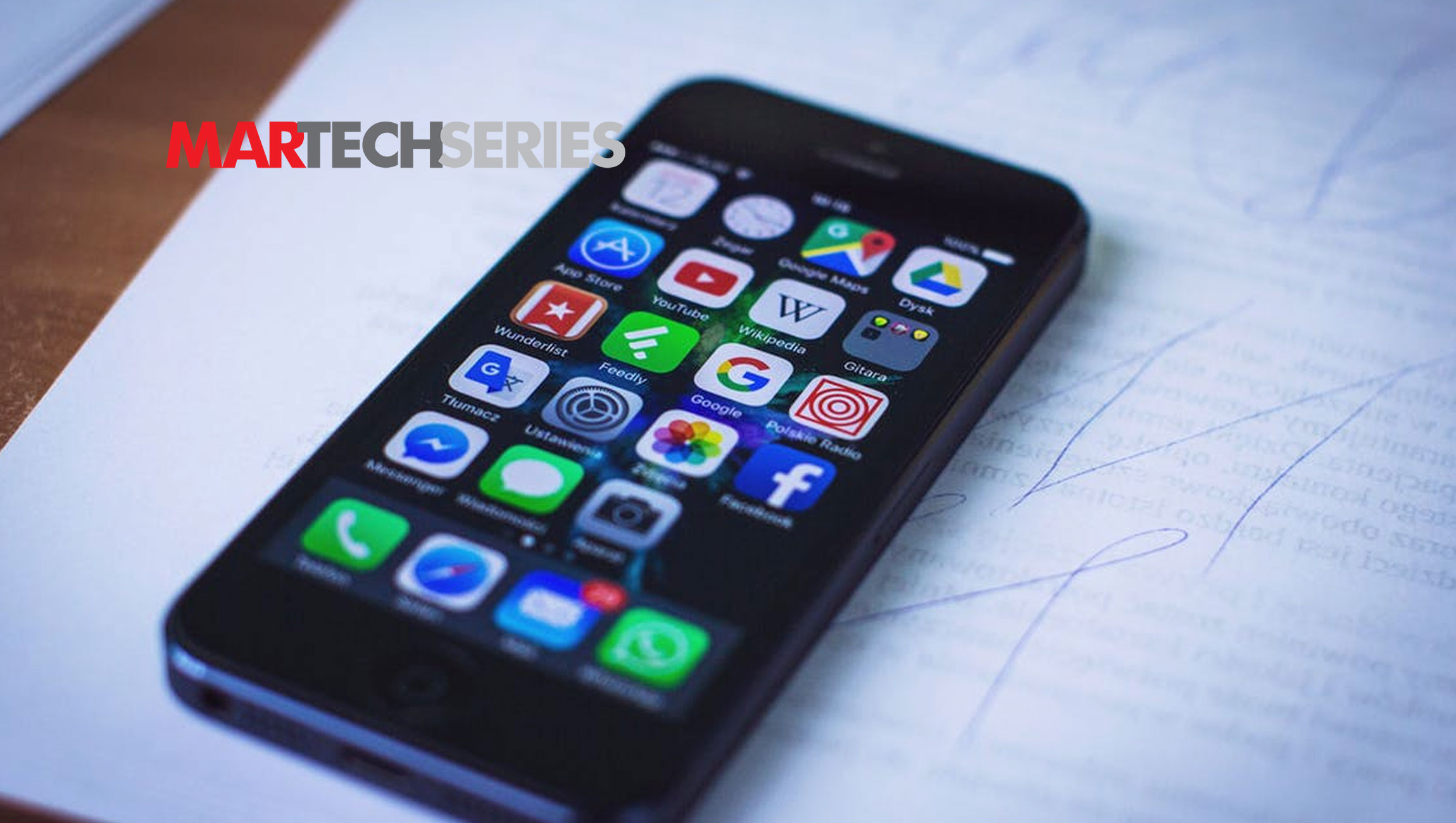Let’s put this in the nicest possible way. There’s a school of thought out there that native mobile marketing = push notifications. I have no interest in naming and shaming, but we talk to people and we frequently hear something along those lines, even if not explicitly stated in such terms.
In some ways this is understandable. As consumers we’re all familiar with push (all too familiar in some cases). And as marketers we love anything that feels like activity, and you can’t get much more active than firing out messages at random to millions of users! But the truth is that push is only a small piece of the mobile marketing puzzle.
Why is that? Well, for two core reasons, each of which I will discuss in turn:
- The ability to send push is many orders of magnitude less significant than how sophisticated your push campaigns are
- There are a number of other native mobile marketing tools available, all of which are often significantly more effective than push in achieving our objectives
Ultimately it all boils down to this. But as promised, let’s look at each of these in turn. Then we’ll join them up in the end.
Why Ability To Send Push Is About 10% Of The Story
There’s no need to beat around the bush. In the year 2017, the simple ability to send a push notification is about as valuable as having a large collection of carrier pigeons. As with any communications channel, all the value is in how you use it. So when any organization or vendor claims to have push notifications covered, it’s worth checking exactly what they mean by that.
I could write at some length on this subject, but let’s try to be concise. Push sent without intelligence is little more than mobile spam. Again, as consumers most of us know this. But what do we mean by intelligence? Here’s just a few examples of what I am talking about:
- Proper, dynamic targeting. Not “people who have not been in the app for 7 days”. Try something like “people who left an item in the shopping cart, either on mobile or desktop, between 4 and 28 hours ago, who based on previous history are most likely to open the app at this time, and who have previously purchased via the app”. And that’s a single example. Targeting is everything.
- Thoughtful personalization. It’s relatively straightforward to add in a name. But smarter personalization involves the majority of the content of a push message being relevant solely to that individual. In the example above – what item was left in the shopping cart? You have the data – name it!
- Tested content. As we noted above, it’s easy to send push notifications, but how do you know what you are sending is effective? For that matter, how do you know what you send is not actively irritating and leading to app uninstalls? Push without clear measurement is meaningless, and in an ideal world you’ll be testing content on a regular basis to ensure you’re delivering the best possible performance from your campaigns.
I could go on, and there is a whole lot more to say – but space is limited. But if there’s one key lesson here it’s that any communication channel is only as good as the data and the thought behind it. And in the modern digital marketing era, that means a whole lot of work gathering, processing and making sense of data – ideally in real-time.
Lastly, like any other channel, push alone isn’t particularly effective. It works best in conjunction with other communication channels. Some of those are outside the native mobile environment, but not all are. And that brings us to our next topic – the fact that push is only part of the puzzle.
Beyond Just Push – The World Of Native Mobile Marketing
There’s one blindingly obvious limitation when it comes to push marketing. It can only be sent when the user is not in the app. As such, whilst it might do some sort of a job when it comes to simple messages that bring people back to the app, it fails in terms of delivering a rich marketing message at precisely the time when users are most likely to be responsive – when you already have their attention.
To do that, you’ll need to some of those other native mobile marketing techniques that we mentioned above, and two in particular.
The first of these are in-app campaigns. These are simply dynamic content and screens, delivered using the same intelligence we talked about above, to users who are already in the app. Think splash screens promoting sale items or personalized offers for users – although that is only the tip of the iceberg.
These campaigns typically have response rates up above 50% – compared to somewhere between 1% and 5% for push campaigns. And that’s no surprise, because when they are well targeted and triggered at the right time, they are giving the user just what they need when they need it. Now is not the time to go into great detail about all the ways in which these campaigns can drive the numbers in your mobile business, but a brief read through our Blueprints site or this blog post will certainly put you in the picture.
The second is the editing of the app UX itself. To some, this might not sound like marketing, but to those people I would point out that ‘Product’ has always been one of the 4 Ps of marketing, and changing or personalizing user experience is a very direct and effective way of moving mobile metrics. We’ve had customers increase engagement rates by 50% through simple UX changes relating to navigation.
These techniques are both direct and effective. And they work best when used together, and alongside (not instead of) push notifications. Smart, integrated marketing campaigns of this type are a million miles away from the borderline-spam approach of push alone.
And Beyond Native Mobile Marketing…
Finally (and mercifully briefly), it’s worth noting that we have not yet even touched on the world beyond native mobile. But of course, for the consumer there is not necessarily a clear distinction between the mobile app, the desktop website, or indeed even the bricks-and mortar store.
Standalone push is ignorant of this outside world, whereas an integrated mobile marketing platform most certainly is.
That matters – for two very simple reasons:
- Native mobile data in terms of behavior in the app and response to native mobile campaigns can inform campaigns in other channels. Some of those, such as web push and email, are relatively adjacent and tools that most digital marketers will want in their armory.
- The campaigns you deliver on native mobile (including push) can be informed by data from outside that space. So for example, a push campaign or an in-app message can be shown to users who have browsed a particular item on desktop internet.
Unless push is linked – ideally in real-time – with the wider marketing infrastructure, it simply isn’t possible to provide this kind of 360° experience. Another reason why mobile marketing is about so much more than push notifications!



